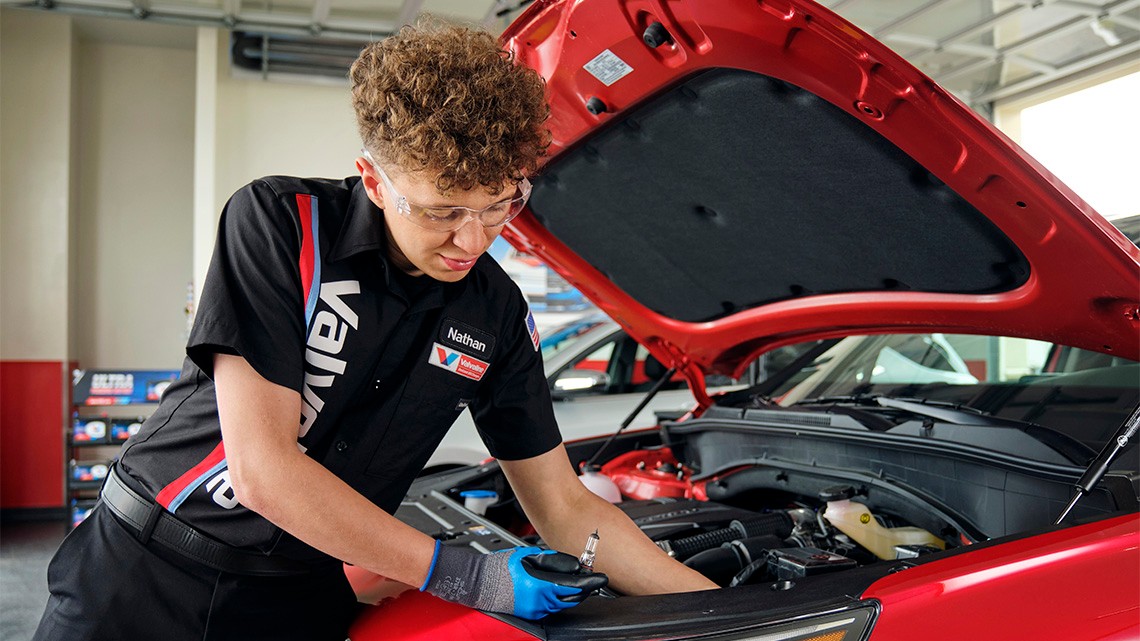Staying Fit


Driving defensively means staying alert and being ready to expect the unexpected. But there's plenty that has changed about the rules of the road since most of us passed our first driver's test. Brush up on your defensive driving smarts with this 10-question quiz.


AARP Membership— $12 for your first year when you sign up for Automatic Renewal
Get instant access to members-only products and hundreds of discounts, a free second membership, and a subscription to AARP the Magazine.































































More From AARP
Are You as Smart as Your Car?
Test your knowledge of current car tech safety featuresAre Your Car Headlights Bright Enough?
Maximize your nighttime vision by choosing the right lights or restoring what you have
Quiz: Are You Taking Good Care of Your Car?
Find out how to keep your vehicle in tip-top shape
How to Keep Your Car Running
Our AARP Smart Guide to Car Maintenance will save you time and money